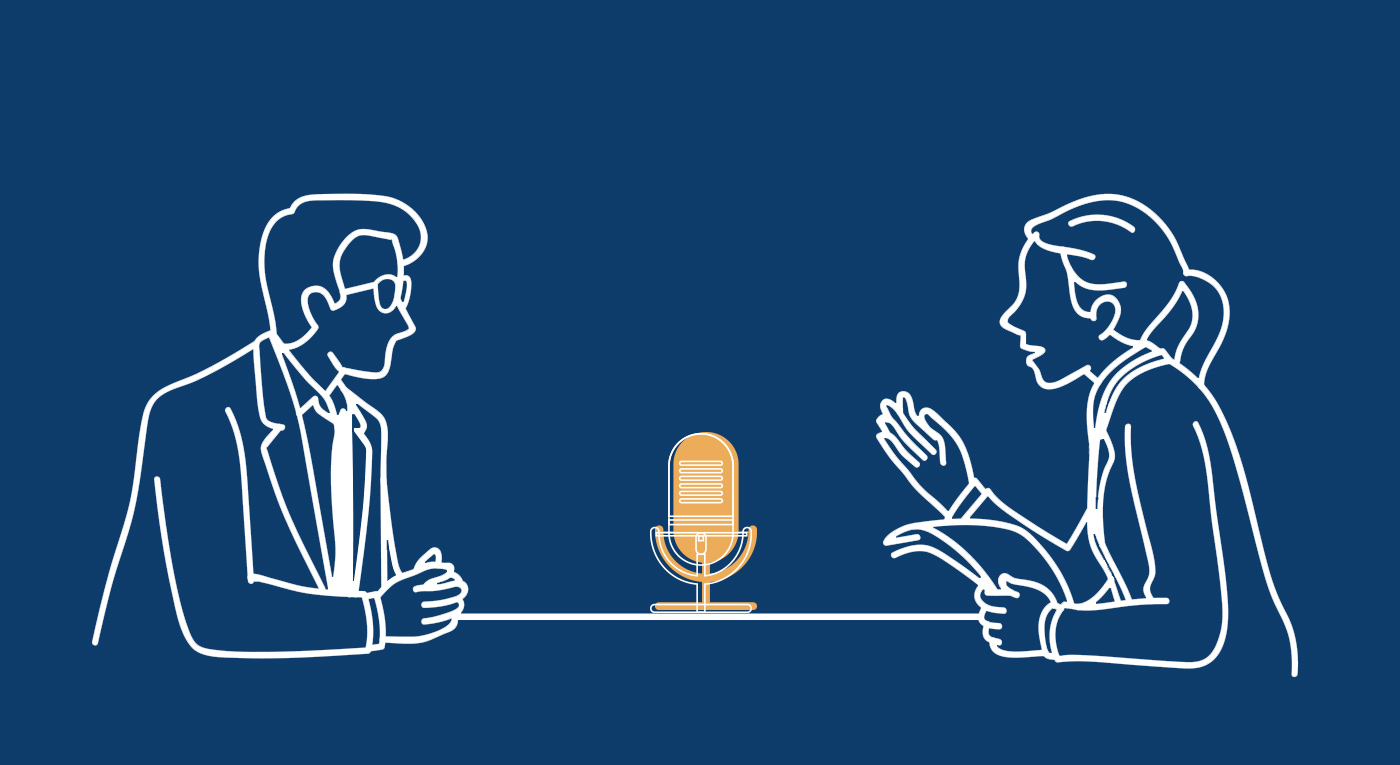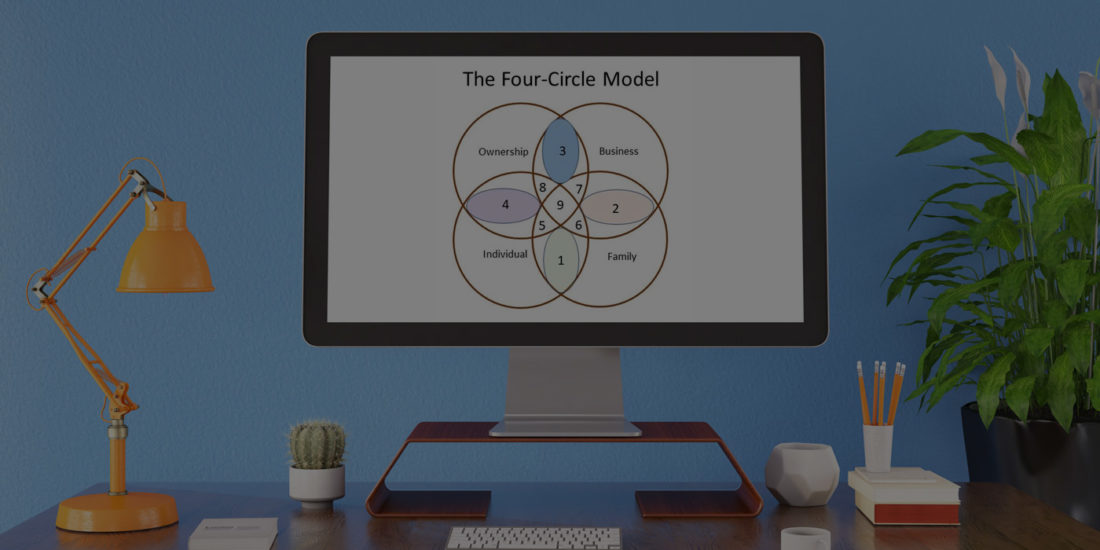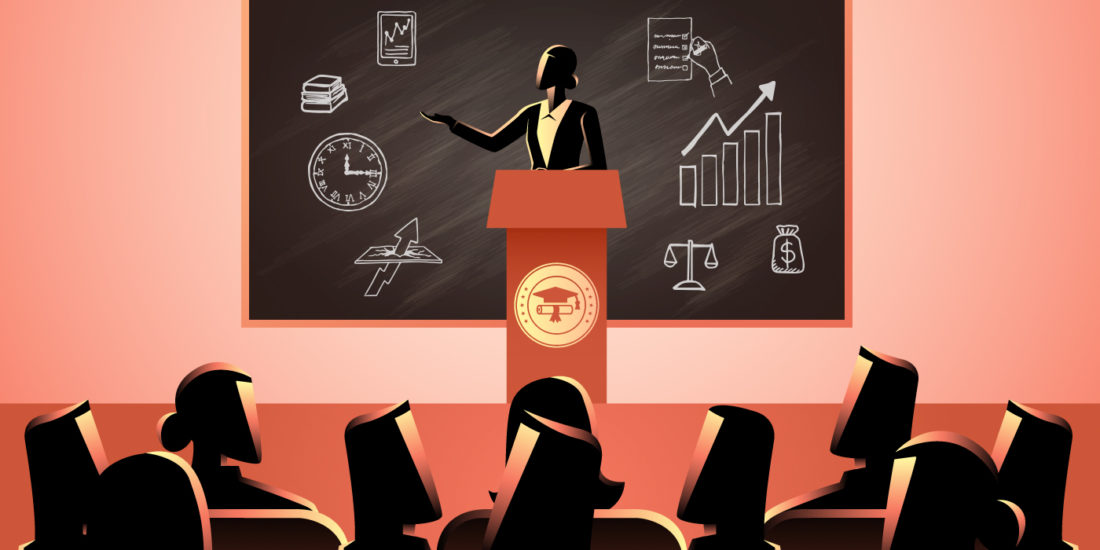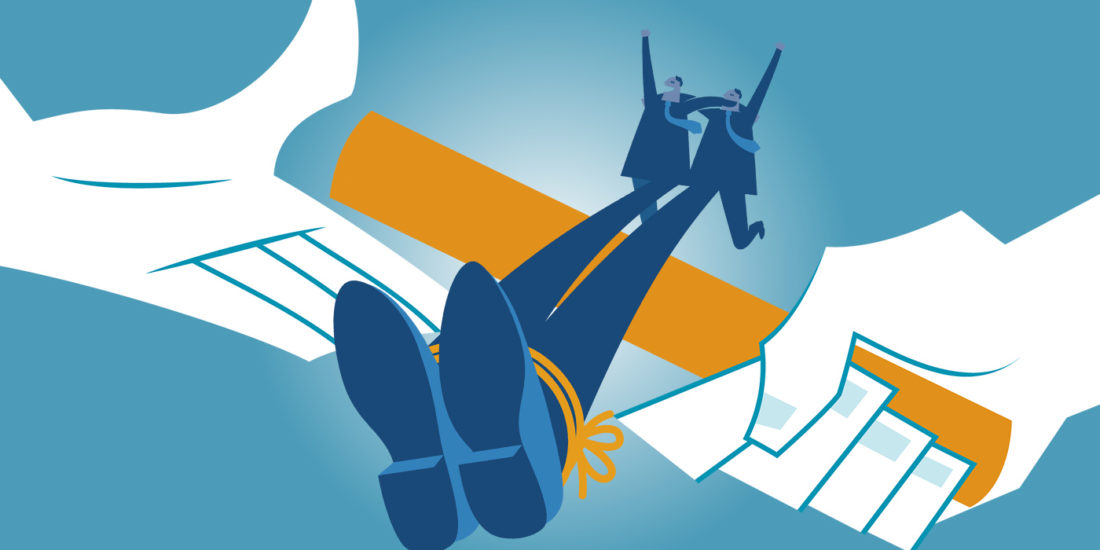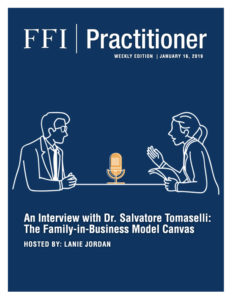
View this edition in our enhanced digital edition format with supporting visual insight and information.
This week, FFI Practitioner is pleased to share an interview with Dr. Salvatore Tomaselli, in which he explains the development of his Family-in-Business Model Canvas, an adaptation of the Business Model Canvas, that Dr. Tomaselli has applied to his work with family enterprises.
Lanie Jordan (LJ): Welcome to the FFI Practitioner, an online publication of the Family Firm Institute. Today we’re joined by Dr. Salvatore Tomaselli, who’s going to introduce us to the “Family-in-Business Model Canvas” Dr. Tomaselli, thank you for joining us today.
Salvatore Tomaselli (ST): Thank you very much. It’s my pleasure and honor to be here.
LJ: Well, I was very inspired recently because I heard you perform a lecture where you talked about a model that I was familiar with in business called the Business Model Canvas1, but you’re using it in a very different way with families. Can you tell us a little bit about what helped you reshape the way that you use this tool with families?
ST: Yes, thanks. The first idea came from my experience in the world of startups, where I found the Business Model Canvas very useful to engage people who are not familiar with business and business strategy. I immediately saw a parallel with family members who are not active in the business and are absolutely not familiar with designing strategy, or with the thinking in terms of strategic engagement. As consultants, we very often need to engage the family in the strategic planning process, and frequently this strategic planning process needs to find a certain balance between the benefits that family members get from the business and the resources they provide to the business. Without clarification of this balance, there is often a different perception among the family members, especially between those who are active in the business and those who are not.
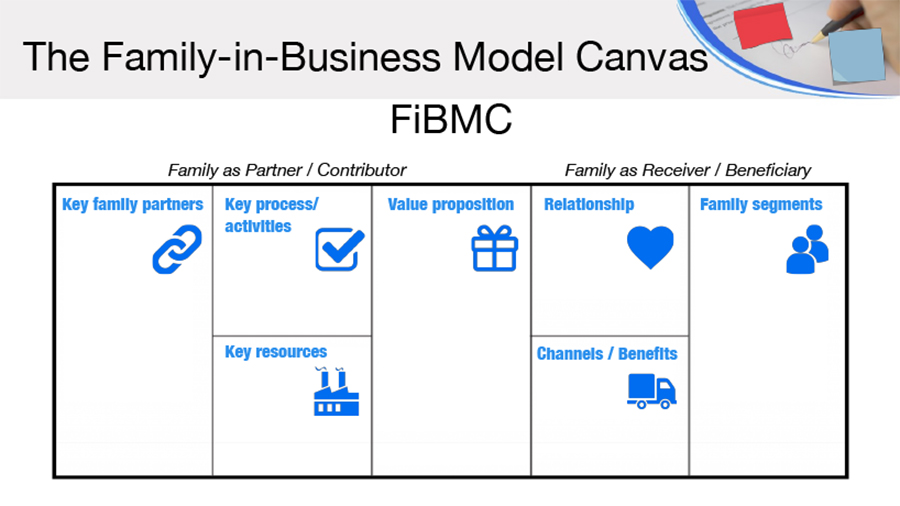
These differing perceptions create a lot of friction, and eventually conflicts, so I saw the possibility of extending this picture of the Business Model Canvas to family engagement as it relates to the family business. I started working with a group of students on how to make this possible. The first inspiration came to me when I had a discussion with a family in which most of the family members were not familiar with family business topics or with the business strategy. They had hugely different perspectives about the benefits they were getting and the resources that they were providing. So after that meeting, working with my students, we designed the first draft of the tool. The idea was to put the value proposition in the center, which, in this case, is the value proposition that the family offers to the business.
At the very end, we closed with some questions: “Why should members of the next generation of your family like to be members of this family business? Why would they like to be partners somehow, or even shareholders of this family business?”
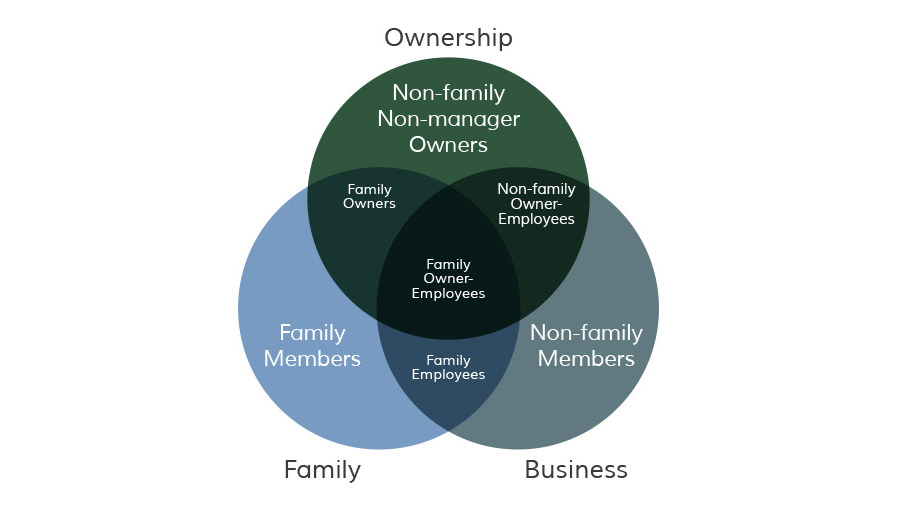
Starting from these questions, we look at the picture of the Canvas (I changed the label of “Customer Segments” into “Family Segments” and the “Stakeholders” or “Partners” into a “Resource providers as family members.”) and consider the benefits. Then I took the three-circle model, which is a very simple and well-known visual tool for family businesses, and worked together with the family to put the members of that specific family into the three circles. Then I asked them to please tell me the benefits that each one of these segments is receiving from the business.
At first, the only benefits that came up were financial benefits. Well, okay, these are the financial benefits, but let’s start thinking about non-financial benefits. You can use the Family-in-Business Model Canvas for this, which is really more useful when you think about it in terms of resources, or you can use the social emotional wealth (SEW) concept. You can use a lot of literature we have about the financial and non-financial benefits that family members receive. So, you can invite the client to think in terms of all of those benefits. You can also invite them to think about how they perceive non-financial benefits. How do they think they balance at one another, etc. And then, thinking in terms of relationships, you can invite them to think about how they care for and reinforce the relationships between their family and the business.

How can you make it possible for family members to perceive over time, and to maintain over time, their understanding of the benefits they receive from the business? Once they think that we have a sufficiently acceptable picture of the benefits, then we go to the opposite side, and we start thinking about the contributors. Then we ask, if we think in terms of those seven segments, what do you think are the resources? Which of these segments is contributing to the family business? We start from the center and name those family members who are owners or who are active in the business, those who contribute to work, or who contribute as shareholders. Then, we consider external factors: What do we think about shareholders who are not active? What do we think about family members who are not active? Then we start to have a picture of the key resources, both financial and non-financial, that the family provides to the business. And so, you have to look for a certain balance.
LJ: What I like about the tool is the visual aspect of family members really mapping out their own thoughts as individuals. But then, are you paring all this down into one master Family-in-Business Model Canvas? How do you work that into your daily practice?
ST: I use “post-its” in each one of the boxes of the canvas. Each one of the Business Model Canvas boxes gets individual questions. Then we collect the post-its, and we have discussions for each box. We put all the associated post-its in each box. From the start, we see that there are some of them that are very similar, some of them have differences, and some of them are complementary to one another. At the end, we invite the participants to discuss their disagreements and to try to reach either a common view, or at times, two different views to put in the canvas.

LJ: So the views they post may be contradictory to each other? They may actually contradict each other’s opinion?
ST: If they are not able to negotiate/compromise in that first discussion, yes. Even in the Osterwalder Canvas (Business Model Canvas), I invite them to consider this model to be dynamic, interactive, and an ever-changing picture in which they can change things. In a moment, something can make them change their opinions.
LJ: That makes total sense. So, when they’re done, they get this beautiful visual canvas of what their family has self-defined themselves to be. How is that end picture impacting your work with families?
ST: I have seen that first, it’s easier to get engagement by people who are not active in the business and not familiar with a family business or with business issues, especially in small families and especially in families that do not have large businesses. They do not have many resources to have a lot of meetings with their consultants, so it’s a way to speed up the process at the beginning and gain the engagement of the more skeptical family members, because they see the discussion. They see that in a relatively short session, in a couple of hours, you get the picture of what the benefits really are, and what resources they have, and they can also discuss their perception of balance about these benefits and resources for each one of the segments. So that eventually they say, “Well, this is the picture. If we like it, and if we consider this to be satisfactory, it is good that we all have the same picture and that we are satisfied with this. If we are not, then let’s start the process of discussing what we will do to resolve the current conflict”. For instance, the benefits that a certain segment of the family receives from the business is disproportionate to the resources they are providing. What can we do to get them more involved in terms of resources?
LJ: Yes. So, we, can take a moment and reflect back and celebrate on what we’re doing well and what we agree upon, as a family, that we are really good at. Then we can begin working on the things that we may disagree on or that we may not come to the same conclusions on. So you use this in the discovery process with a client, based on what you’re telling me. Is that correct?
ST: Yes, and now I am using it with around 10 families around the world.
LJ: Can you tell us a little bit about a moment where a family may have discovered something that it didn’t recognize or realize – or something new that came to fruition for you, as the adviser, in looking at the Canvas, that maybe you wouldn’t have otherwise known or had captured?
ST: There was a very nice case in a Mexican company — a family business in which three generations of family members are leading together in the business. There is the grandmother who is still an active shareholder in the business. She’s not working daily, but she’s the chairman of the board of directors. Then there is the second generation who is currently running the business, and then there is a third generation, who has already entered the business, even though there are at present only two family members working in the business. So, what we did was to ask, especially the young family members and those who are not active in the business, to be very active in the process of describing the Canvas. And I asked them to do that without considering what they thought about the way the previous generation saw things.
And there were some very counter-intuitive results, because with some aspects that the senior generation had told me, “Oh, they’re completely unaware about these aspects,” they showed that they were absolutely aware and conscious of them. Conversely, there were things that the older generation family members considered, “Oh, we are good at that,” in which young family members said, “We really don’t understand why this works this way.” So, it’s interesting because it also facilitates the dialogue among generations and helps you to bring easily to the surface what they have in common and what they don’t. What are the challenges? What is the way of seeing the future of the business from those who have to lead the future of the business more than the present generation, etc.? And they started a really truthful discussion on how to lead this business together, different generations over time, because they are conscious that the second generation is young enough to be active in the business for years, and a third generation is already going to enter the business in a few years.
So they started a very sane discussion on their future leadership and how they are going to make it possible in spite of their different views, in spite of their different needs. The third generation has a huge age gap among the family members. So, in that session, what had been a problem in the past, i.e., having people who are in a range of ages of 15 years apart the oldest to the youngest, the distance almost disappeared. They were very good at working together.
LJ: So you really found that it [the Family-in-Business Model Canvas] sort of helped merge the generations in understanding one another and seeing each other’s perspectives. Do you see anything that we as advisers in using this tool might consider– limitations or possible pitfalls when using this tool with the family? Things that we need to look out for, in utilizing this tool with our family clients?
ST: Well, for sure, as with any tool it is not the gold standard, meaning that this is one of many possible tools. It is very good in starting a discussion, but then it needs to be complemented with a number of things. So depending on your final destination to reach with a family as a consultant, this can be a good starting point to see what should be the next steps. Pitfalls, in my opinion, could be the fact that fast thinking could be also linked to superficial thinking, and you need to invite them to be fast and lean, but at the same time also to be thoughtful about the way they design their Canvas, inviting them to revise, revise, revise what they’ve seen in the picture. You were mentioning before there can be different views among family members, and so they need to understand whether the strategy for those conflicting views is to look for consistency, to open a conflict, to open a discussion — to try to find ways to boost the two apparently contrasting and opposing goals at the same time. It is up to their discussion. And usually one of the pitfalls could be that the family members could just put aside the most uncomfortable topics and forget about them, because they are satisfied with what they agree on. So you need to make them leverage what they agree on, but also to be conscious of their disagreements, and to try to solve their disagreements by leveraging their agreements.
LJ: So we can use it as a tool to not only see each other’s perspectives, but also to work together to problem-solve and to move forward when the time is right. So, thank you so much, Dr. Salvo Tomaselli, we’re so honored to have you today. Thank you for taking time out of your busy schedule teaching and lecturing. We appreciate you joining us today and we look forward to talking with you again. Thank you so much for your time.
ST: Thank you. It’s been my pleasure and honor, once again, I’m so honored to be in the production.
______________________________
1 The Family-in-Business Model Canvas is a derivative of the Business Model Canvas by strategyzer.com, used under CC BY-SA 3.0.
About the contributors
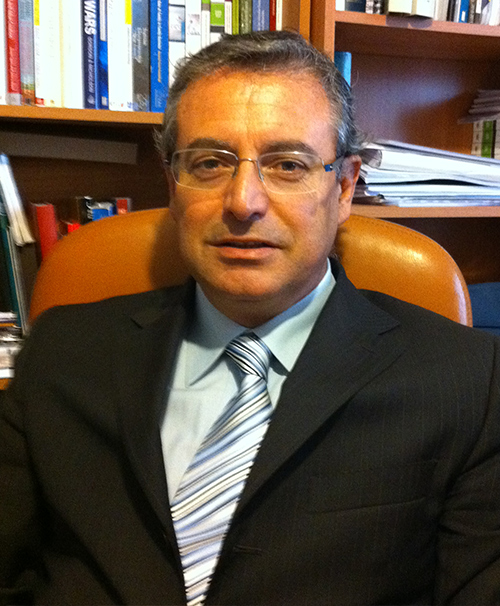 Salvatore Tomaselli, PhD, is a tenured associate professor of business administration at the University of Palermo. He is a founding member and fellow of IFERA (International Family Enterprise Research Academy), where he served as Board Members from foundation until 2011. Professor Tomaselli is a consultant of IFC – World Bank Group for Family Business Governance and senior consultant of the FBCG (Family Business Consulting Group). He can be reached at salvatore.tomaselli@unipa.it.
Salvatore Tomaselli, PhD, is a tenured associate professor of business administration at the University of Palermo. He is a founding member and fellow of IFERA (International Family Enterprise Research Academy), where he served as Board Members from foundation until 2011. Professor Tomaselli is a consultant of IFC – World Bank Group for Family Business Governance and senior consultant of the FBCG (Family Business Consulting Group). He can be reached at salvatore.tomaselli@unipa.it.
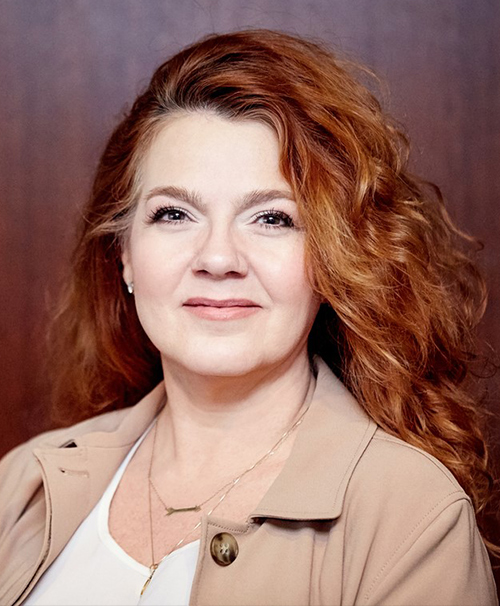 Lanie Jordan is a 2015 FFI Fellow and was formerly the Director of the Cox Family Enterprise Center at Kennesaw State University.
Lanie Jordan is a 2015 FFI Fellow and was formerly the Director of the Cox Family Enterprise Center at Kennesaw State University.

View this edition in our enhanced digital edition format with supporting visual insight and information.


